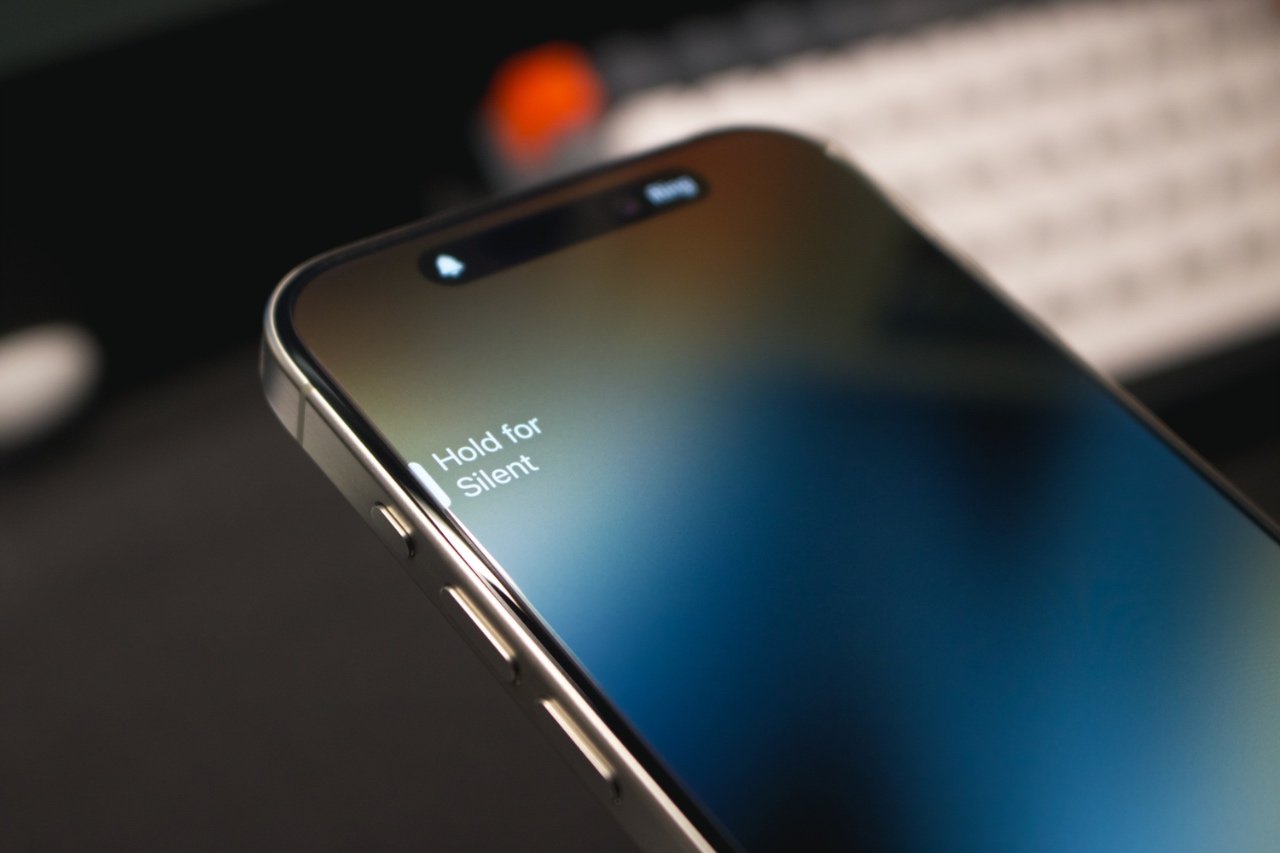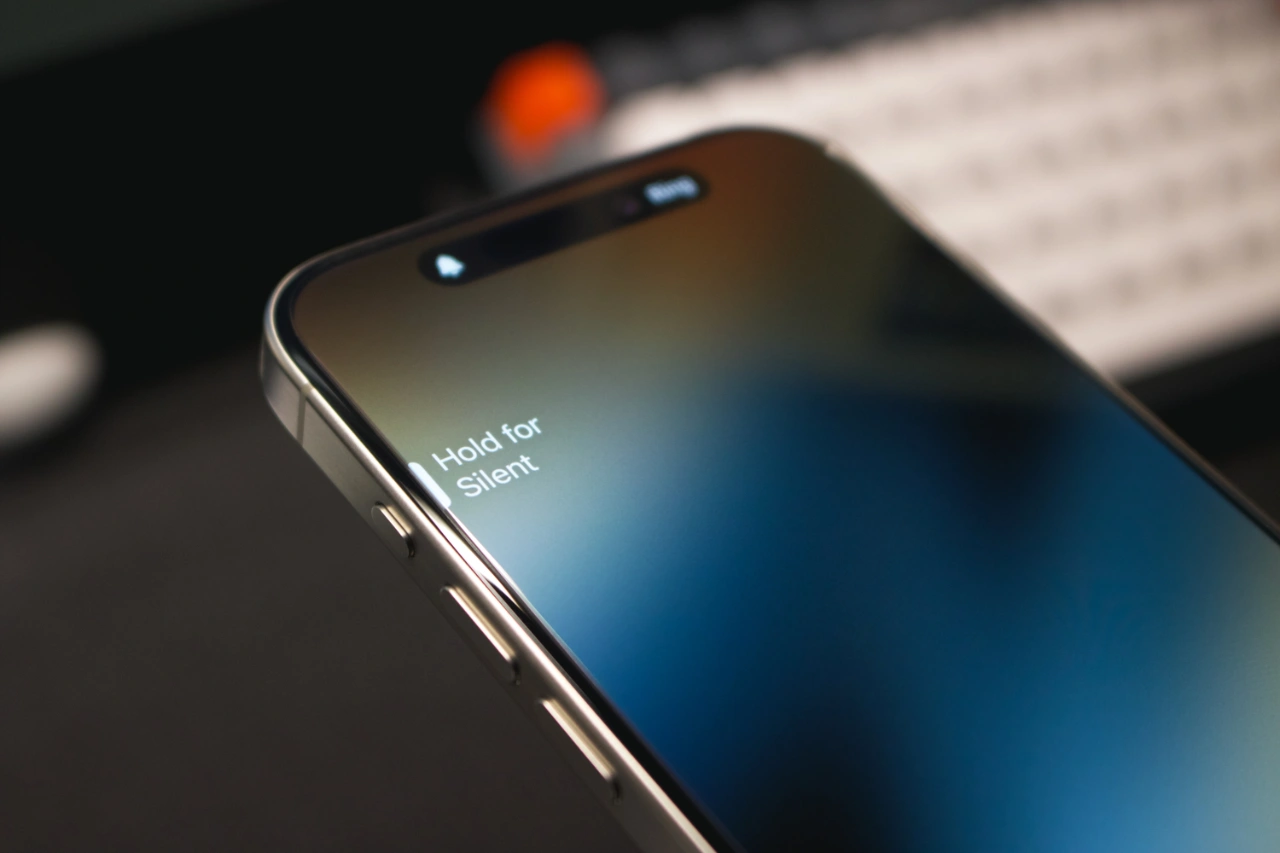
The “Cannot Verify Server Identity” error message is a well-known nemesis for numerous iPhone users, often appearing unexpectedly and at the most inconvenient times. This perplexing and cryptic message tends to surface when users are in the midst of crucial tasks – whether it’s attempting to access important emails, trying to synchronize their calendars, or connecting to indispensable banking applications.
This digital hurdle, more than just a minor annoyance, can seriously disrupt one’s day-to-day digital interactions and operations. It presents a significant challenge, leading to frustration and interruptions in what should be smooth technological experiences. However, there’s no need for despair, brave iPhone users! Armed with this comprehensive guide, you are about to embark on a journey to thoroughly understand and effectively tackle this all-too-common issue.
We provide you with a wealth of knowledge and a suite of strategies, enabling you to defeat this frequent adversary and reclaim your uninterrupted digital connectivity. This guide is your ally in transforming what was once a source of digital frustration into a challenge that can be readily overcome, restoring the seamless and efficient functioning of your iPhone.
Delving Deeper into the Digital Dungeon:
Beyond the basic explanation of certificate verification failure, a deeper understanding of the potential culprits empowers you to choose the most effective weapon. This error can arise from:
- Outdated or invalid certificates: Servers issue digital certificates to verify their identity. Expired or malfunctioning certificates trigger the error.
- Misconfigured accounts: Incorrect login credentials, server addresses, or port numbers can lead to verification mismatches.
- Temporary network glitches: Unstable Wi-Fi or cellular data connections can disrupt communication with the server.
- App malfunctions: Bugs or glitches within the app itself can hinder its ability to connect and verify the server.
The Tactical Toolbox:
Armed with this knowledge, you can wield a diverse arsenal of troubleshooting strategies:
1. The Reconnaissance Recon:
- Reboot: A simple restart can often clear temporary glitches and refresh communication channels.
- Network Checkup: Ensure a strong and stable internet connection through Wi-Fi or cellular data. Switching networks or restarting your router might be necessary.
- App Refresh: Quit and relaunch the app, or consider uninstalling and reinstalling it for a clean slate.
2. The Account Audit:
- Credential Crunch: Double-check your login credentials for accuracy and validity. Expired passwords might require updating.
- Settings Scrutiny: Verify server addresses and ports provided by your email provider or other service match your settings.
- Nuclear Option: Delete and re-add the account to establish a fresh connection and eliminate potential configuration errors.
3. Advanced Maneuvers:
- Certificate Trust: For trusted services only, consider manually trusting the server’s certificate (limited availability in iOS 17, may require contacting the service provider).
- Network Wipe: Resetting network settings erases saved Wi-Fi passwords and network configurations, a last resort for persistent network-related issues.
- Factory Reset: Resetting all settings wipes your iPhone clean, re-establishing default settings. Use this as a final attempt after exhausting other options.
Bonus Power-Ups:
- Software Updates: Keep your iPhone and apps updated with the latest versions for optimal performance and bug fixes.
- Service Provider Support: Contact your email provider, or other service directly for specific troubleshooting advice tailored to their platform.
- Community Wisdom: Online forums and communities dedicated to iPhone support can offer valuable insights and solutions shared by fellow adventurers.
Remember, although the “Cannot Verify Server Identity” error may initially seem daunting and complex, adopting a systematic and well-informed approach paired with the correct tools can remarkably transform your experience. Instead of remaining a frustrated user, plagued by persistent obstacles and interruptions, you can evolve into a digital hero, adept at navigating the intricacies of your iPhone’s software. Gaining a deep understanding of the root causes of this error is crucial. It’s not just about quick fixes; it’s about comprehending why this issue occurs in the first place.
With this knowledge in hand, you can confidently employ the most effective tactics tailored to address these specific challenges and resolve the cannot verify server identity error on your iPhone. By mastering these strategies, you position yourself to effectively overcome this error, thus ensuring that your iPhone continues to serve as a reliable gateway to the vast expanse of digital opportunities and freedoms. This journey of transformation is about empowering yourself with knowledge and skills, enabling you to maintain uninterrupted, secure, and smooth access to the digital world, thereby ensuring that your iPhone remains an indispensable tool for your daily life in the digital age. You can find out more details about troubleshooting iPhone issues over at Apple’s website.
Here are some more useful iPhone articles:
Image Credit: Sophia Stark
Filed Under: Apple, Apple iPhone, Guides
Latest timeswonderful Deals
Disclosure: Some of our articles include affiliate links. If you buy something through one of these links, timeswonderful may earn an affiliate commission. Learn about our Disclosure Policy.





